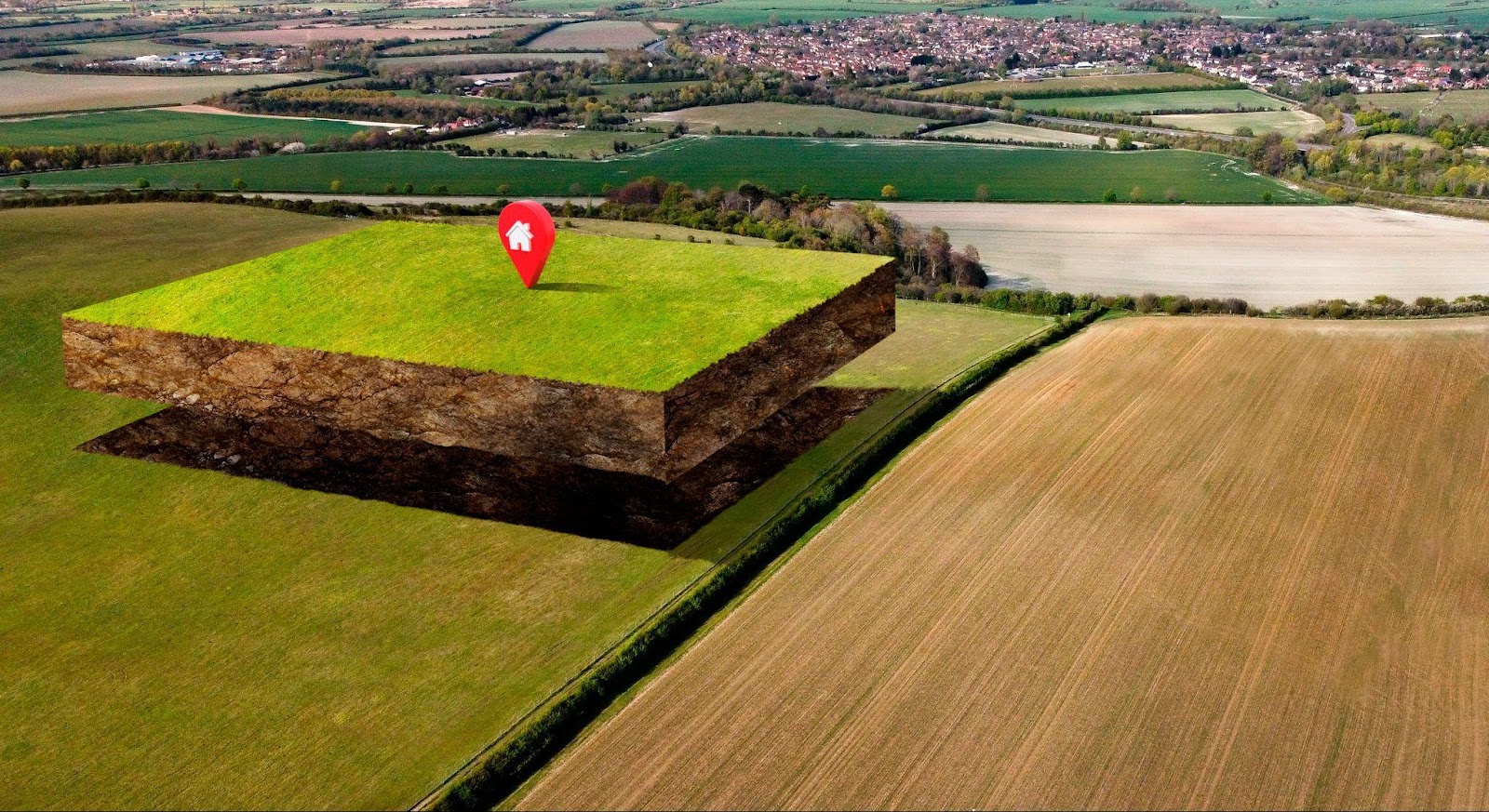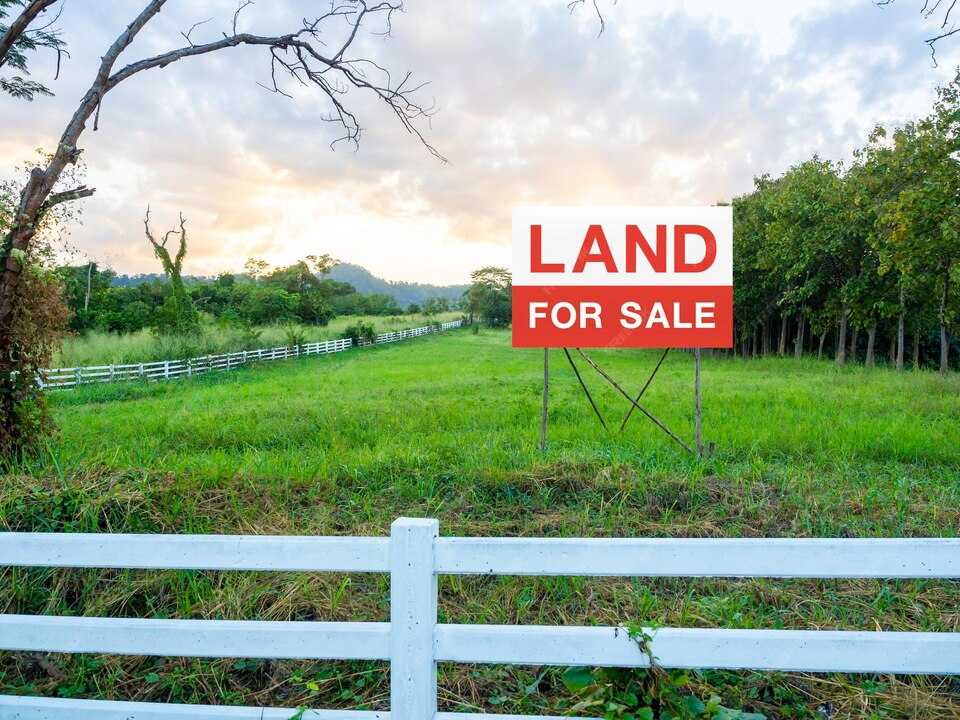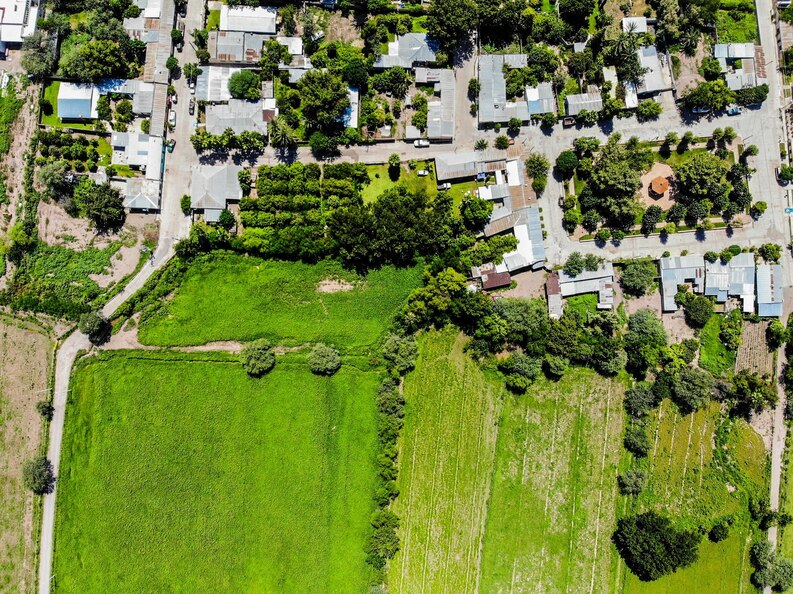Selling land and lots is a unique process compared to selling homes. The market dynamics, buyer profiles, and sales techniques all vary, making it crucial to understand these differences to achieve a successful sale. In this comprehensive guide, we will explore the unique aspects of the land market and outline a 9-step process to sell land and lots successfully.
Table of content
The Land Market: Why it's Different to Sell Lots and Land
- Lot and Land Buyers Differ from Homebuyers
- Land Requires Different Sales Techniques
- Land Sales Techniques Compared to Selling Homes
- The Market for Land is Less Active
- Patience is required
9 Steps to Sell Land and Lots:
- Step 1: Understand Who Your Buyer Will Be
- Step 2: Have the Land Ready
- Step 3: Choose Your Price Carefully
- Step 4: Offer Financing
- Step 5: Use Online Listings Targeted to Lot & Land Buyers
- Step 6: Show Your Property At Its Best
- Step 7: Tell the Story with Your Sign
- Step 8: Talk with the Neighbors
- Step 9: Work with the Pros

The Land Market: Why it's Different to Sell Lots and Land
The land market is inherently different from the housing market, and understanding these differences is essential for a successful sale. The distinctions stem from variations in buyer profiles, sales techniques, market activity, and the patience required to navigate this unique market.
Lot and Land Buyers Differ from Homebuyers
Land buyers typically have different motivations and requirements than homebuyers. They may be investors, developers, or individuals looking to build their dream homes. Understanding these unique buyer needs and preferences is crucial in crafting an effective sales strategy.
For example, investors and developers may be more concerned with factors such as zoning, access to utilities, and the potential for future development. But individuals looking to build a home may prioritize the lot's size, views, and proximity to amenities. As a seller, it is vital to cater your marketing efforts to these specific audiences, emphasizing the features and benefits most relevant to their goals and preferences.
Land Requires Different Sales Techniques
Selling land often requires more creative and targeted sales techniques, as there is often no concrete structure for buyers to view. Instead, the focus is on the potential of the land, its location, and its features. Effective marketing should emphasize these aspects to attract the right buyers.
For example, when marketing a lot with a stunning view, it is crucial to highlight this selling point with high-quality photos and detailed descriptions in your listing. Similarly, if the land is in a desirable location or has unique features such as water access or mature trees, marketing materials should emphasize these aspects.
Providing additional information, such as topographic maps, surveys, or even virtual tours, can help paint a more comprehensive picture of the land's potential for buyers. These tools can make it easier for buyers to envision their plans for the property, increasing the likelihood of a successful sale.
Land requires different sales techniques compared to selling homes for several reasons:
- Different target audiences: Land buyers and homebuyers have different needs, motivations, and expectations. While homebuyers often look for a move-in-ready property to accommodate their family, land buyers may have diverse goals, such as building a custom home, developing a commercial project, or using the land for agricultural or recreational purposes. This means that sales techniques must cater to land buyers' unique interests and objectives.
- Lack of physical structures: When selling a home, potential buyers can tour the property, envision themselves living in the space, and evaluate the house's condition. With land, there are no physical structures to showcase, so sellers must emphasize other aspects, including the location, potential uses, natural features, and development possibilities.
- Limited financing options: Obtaining financing for land purchases can be more challenging than for residential properties, as lenders often perceive land as a riskier investment. This means sellers may need to explore alternative financing options, which may include offering owner financing, to attract potential buyers.
- Emphasis on due diligence: Land sales involve a greater emphasis on due diligence, as buyers must evaluate various factors, such as zoning restrictions, easements, access rights, utility availability, and environmental concerns. Sellers should be prepared to provide detailed information and documentation to address these concerns and ensure a smooth transaction.
- Longer sales cycle: Selling land often takes longer than selling a home due to the smaller pool of potential buyers and the time needed for due diligence and potential development approvals. Sellers should be prepared to exercise patience and employ marketing strategies that effectively target land buyers over an extended period.
- Marketing challenges: With homes, sellers can rely on traditional marketing methods like open houses, staging, and professional photography to attract buyers. For land, marketing strategies must be adapted to showcase the property's potential and unique features, such as creating detailed property descriptions, using aerial photography or drone footage, and highlighting potential development opportunities.
Land sales require different techniques due to the unique characteristics of land, the differing needs and motivations of land buyers, and the challenges associated with financing, due diligence, and marketing. By understanding and addressing these differences, sellers can develop effective sales strategies tailored to the land market.
The Market for Land is Less Active
The land market is typically less active than the housing market, with fewer buyers and longer sales cycles. This could be due to the specialized nature of land buyers and the fact that land purchases often require more significant upfront investment and longer-term planning.
As a result, sellers need to exercise patience and be willing to invest more time and effort into marketing their property. This may involve using multiple marketing channels, such as online listings, social media, and traditional print advertisements, to reach a broader audience and generate interest in the property.

Patience is required
Due to the unique nature of the land market, sellers should be prepared for a potentially longer sales process. Patience and persistence are vital in navigating this market and securing a successful sale. While the timeline for selling land can vary significantly based on location, price, and market conditions, understanding that this process may take longer than selling a home can help set realistic expectations and alleviate frustration.
9 Steps to Sell Land and Lots
This section will outline a 9-step process for successfully selling land and lots. Following these steps can help streamline the sales process, increase the likelihood of attracting the right buyer, and ultimately, achieve a successful sale.

Step 1: Understand Who Your Buyer Will Be & What They Need to Know
Before marketing your land or lot, it is crucial to identify your target buyer and understand their specific needs and preferences. By doing you, you can tailor your marketing strategy accordingly, highlighting the features and benefits most relevant to your target audience.
For example, if your property is best suited for commercial development, your marketing efforts should emphasize location, infrastructure access, and potential profitability. Conversely, if your land is ideal for a residential buyer looking to build their dream home, focus on aspects such as views, privacy, and proximity to amenities.
Step 2: Have the Land Ready
Before listing your land for sale, please ensure it is clean, well-maintained, and visually appealing. This may include clearing overgrown vegetation, removing debris, and addressing potential hazards. A well-presented property will be more attractive to potential buyers, making it easier for them to envision their plans for the land.
Gather relevant documentation, such as surveys, zoning information, and soil tests, to give buyers the information required to make an informed decision. This readily available information can help streamline the sales process, instilling confidence in potential buyers.
Step 3: Choose Your Price Carefully
Appropriately pricing your land or lot is essential for attracting the right buyers and achieving a successful sale. In this way, you should research comparable sales in your area, considering factors such as location, size, features, and market conditions. It is also helpful to consult with a local real estate professional or land consultant to obtain an accurate valuation.
Be realistic about your pricing expectations, and be prepared to negotiate if necessary. Overpricing your land may deter potential buyers, leading to a longer sales process and potentially lower final sale prices.
Step 4: Offer Financing
Offering financing options like seller financing or partnering with a local lender can make your property more attractive to potential buyers. Many land buyers may need help obtaining traditional financing, and providing alternative options can help facilitate a quicker sale. Additionally, offering to finance can provide you with a potential income stream through interest payments.

Step 5: Use Online Listings Targeted to Lot & Land Buyers
Utilize online listings specifically targeted to land and lot buyers, such as LandWatch, LandFlip, and Lands of America. These platforms cater to a specialized audience actively searching for land, increasing the likelihood of reaching the right buyer.
Consider using general real estate platforms such as Zillow, Trulia, and Realtor.com for specialized land listings. This will further expand your reach and increase the visibility of your property.
Step 6: Show Your Property At Its Best
Highlight the best features of your property through high-quality photos, detailed descriptions, and potentially even video or virtual tours. Ensure your marketing materials are professionally presented and represent the property's potential accurately.
Consider staging your land to enhance its visual appeal. This may include mowing the grass, landscaping, or even placing outdoor furniture strategically to help buyers envision the possibilities.
Step 7: Tell the Story with Your Sign
An eye-catching and informative sign can generate interest in your property and attract potential buyers. Here, include important information such as price, acreage, contact information, and any unique selling points that make your land standout. Additionally, ensure your sign is well-maintained and visible from the road to maximize its effectiveness.
Step 8: Talk with the Neighbors
Informing neighboring property owners of your intention to sell can generate interest and lead to a sale.
Neighbors may know of friends or family members looking for land in the area or may even be interested in purchasing the property themselves to expand their holdings. Establishing good relationships with your neighbors can also provide valuable insight into the local market and any unique selling points for your land.

Step 9: Work with the Pros
Working with a professional can help streamline the sales process, provide valuable guidance, and ultimately achieve a higher final sale price for your land. While partnering with a professional may involve commission fees, the potential benefits often outweigh the costs.
For example, if your property is best suited for commercial development, your marketing efforts should emphasize location, infrastructure access, and potential profitability. Conversely, if your land is ideal for a residential buyer looking to build their dream home, focus on aspects such as views, privacy, and proximity to amenities.
In conclusion, selling land and lots requires a unique approach tailored to land buyers' specific needs and preferences. By understanding the differences between selling land and homes, following the 9-step process outlined above, and partnering with experienced professionals, you can navigate the land market and achieve a successful sale. Remember, patience and persistence are critical in this market, and with the right strategy and resources, you can unlock the full potential of your land or lot.









































































































.webp)




.webp)
